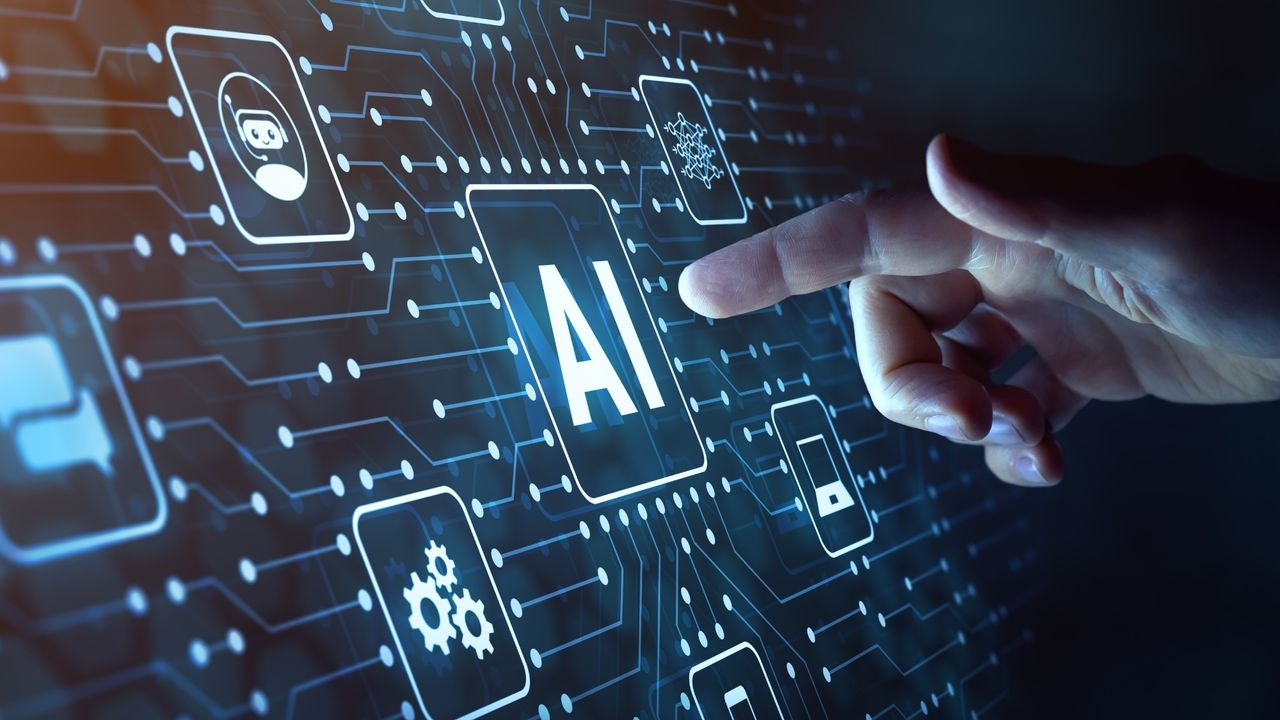AI's Surprising Power Sources — From Poop to Barges and Secret Bunkers

Unconventional Locations for AI Data Centers
The development of large AI models such as ChatGPT and Gemini requires massive amounts of energy, leading to an increasing need for data centers. These server farms are not always housed in traditional warehouses. Companies are exploring unique and creative locations to keep AI operations running smoothly, from underwater chambers to buried waste sites.
Underwater Data Centers
One of the most unusual places for AI data processing is beneath the ocean's surface. Microsoft’s Project Natick tested a sealed steel data center 117 feet underwater off the coast of Scotland for two years, with no significant ecological impact reported. This experiment demonstrated that underwater cooling can significantly reduce energy costs and hardware failure rates. China has also entered the field, launching underwater AI data centers in Hainan, highlighting benefits like higher energy efficiency and improved security. The cold environment and quiet surroundings make it an ideal location for servers, while marine life remains unaffected by the noise.
Burying Waste for Carbon Offsets
In a surprising twist, companies are looking at unconventional methods to offset carbon emissions. Microsoft recently signed a $1.7 billion deal to bury slurry made from manure and human sewage 5,000 feet underground. While the company isn’t training AI models on excrement, it is using this method to achieve its carbon-negative pledge by 2030. The process involves preventing methane and CO₂ from escaping into the atmosphere. Although Microsoft calls this sustainability, it’s a rather unappealing approach for many.
Secret Mountain Fortresses
Tucked deep within the Swiss Alps lies the "Swiss Fort Knox," a repurposed military bunker now housing sensitive data and cloud infrastructure. This ultra-secure facility is protected by steel doors and 24/7 surveillance, capable of surviving nuclear blasts, cyberattacks, and even the apocalypse. The natural chill of the mountain helps cool the racks of AI servers running inside, making it an ideal location for high-security computing.
Underground Tunnels and Subway Stations
Old metro tunnels in cities like Helsinki and Stockholm have found new life as data centers. These subterranean spaces remain naturally cool and offer protection from environmental and electromagnetic interference. In the United States, some companies have converted abandoned mines and missile silos into cloud infrastructure hubs, creating a literal underground movement in data center development.
Floating Data Centers
Google once explored the concept of data centers on floating barges powered by wave energy and cooled with seawater. The idea was to achieve mobility, ocean-based sustainability, and isolation from land-based hazards. Although this project never fully launched, patents and prototypes still exist, inspiring ongoing efforts by companies like Nautilus.
The Future of AI Computing
AI is transforming the way computing happens, pushing the boundaries of where data centers can be located. As model sizes grow and environmental concerns increase, more unconventional data centers are expected to emerge. Whether it's underwater, underground, or buried in waste, the future of AI might be stranger than we imagine.